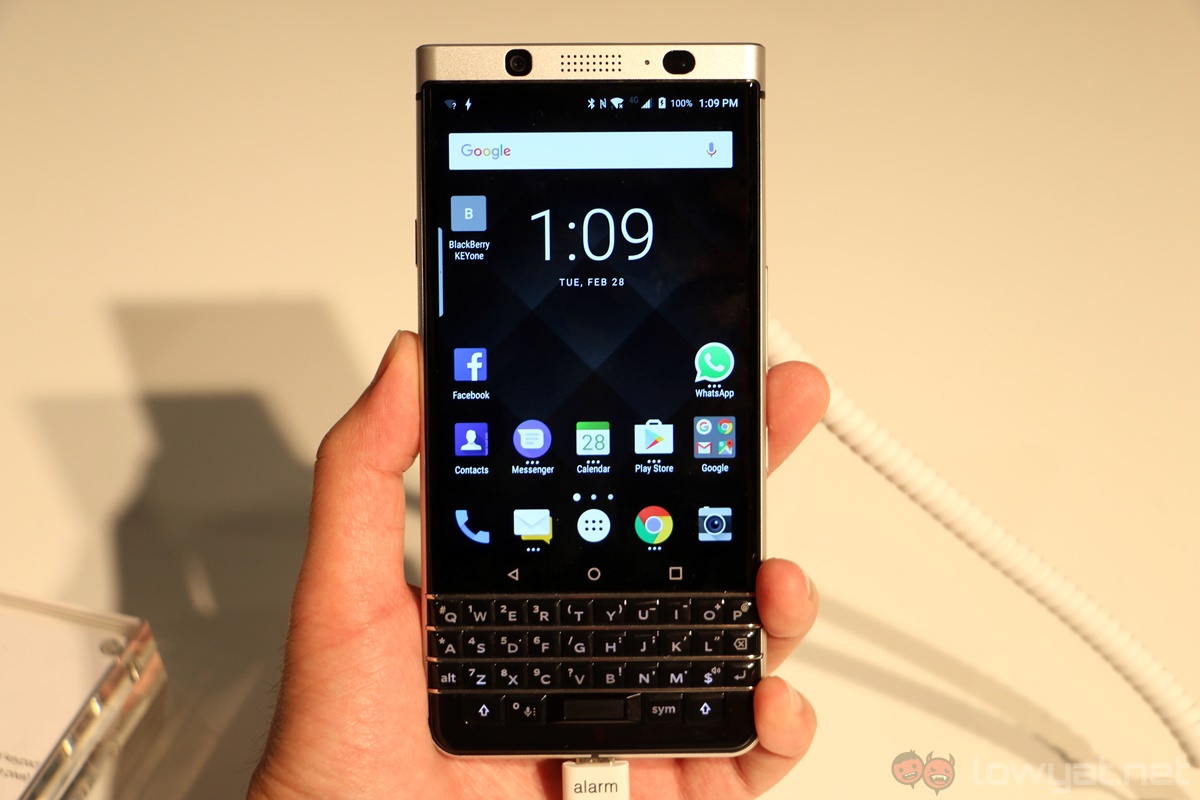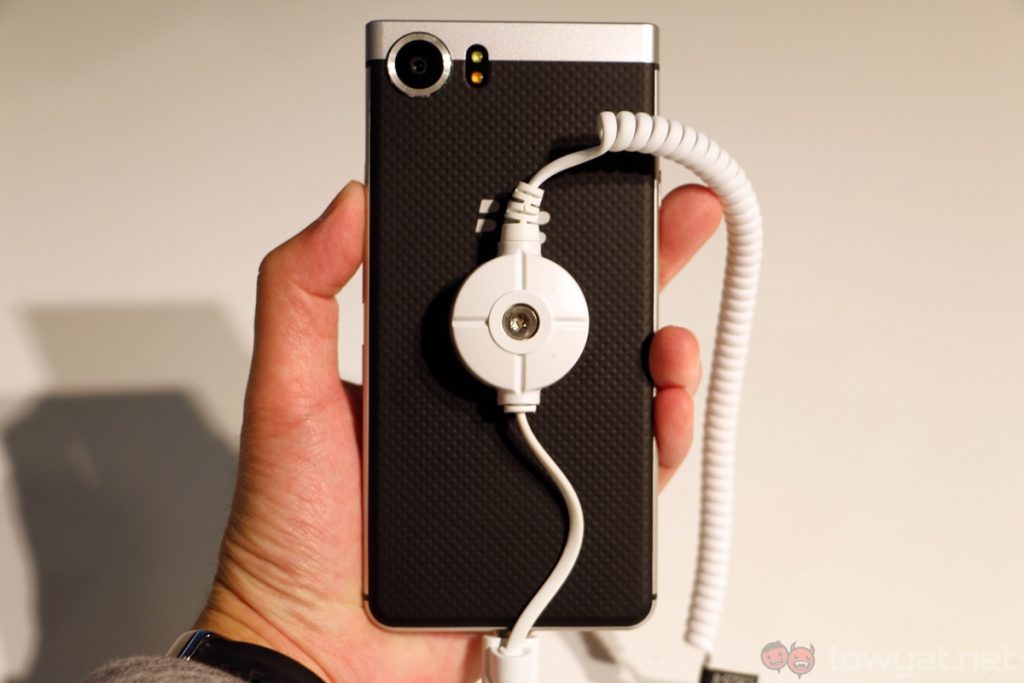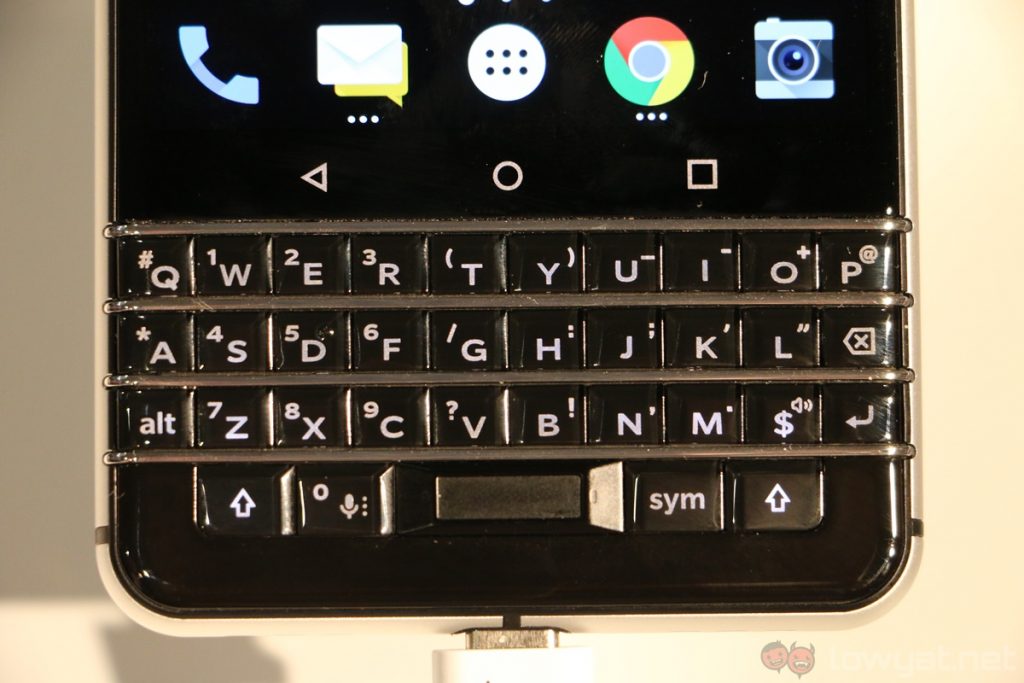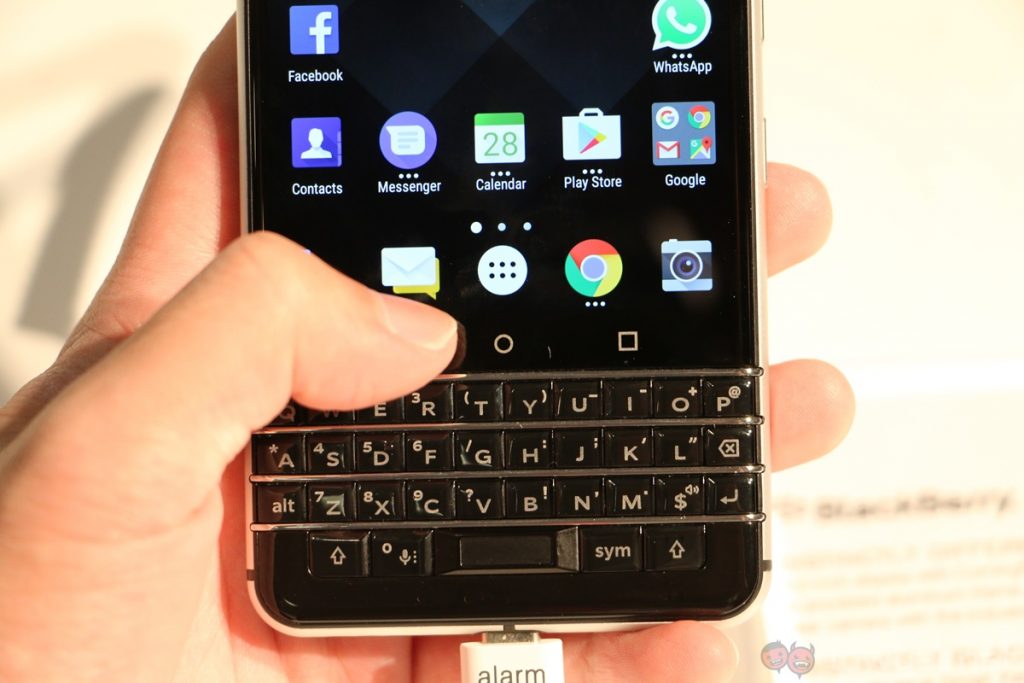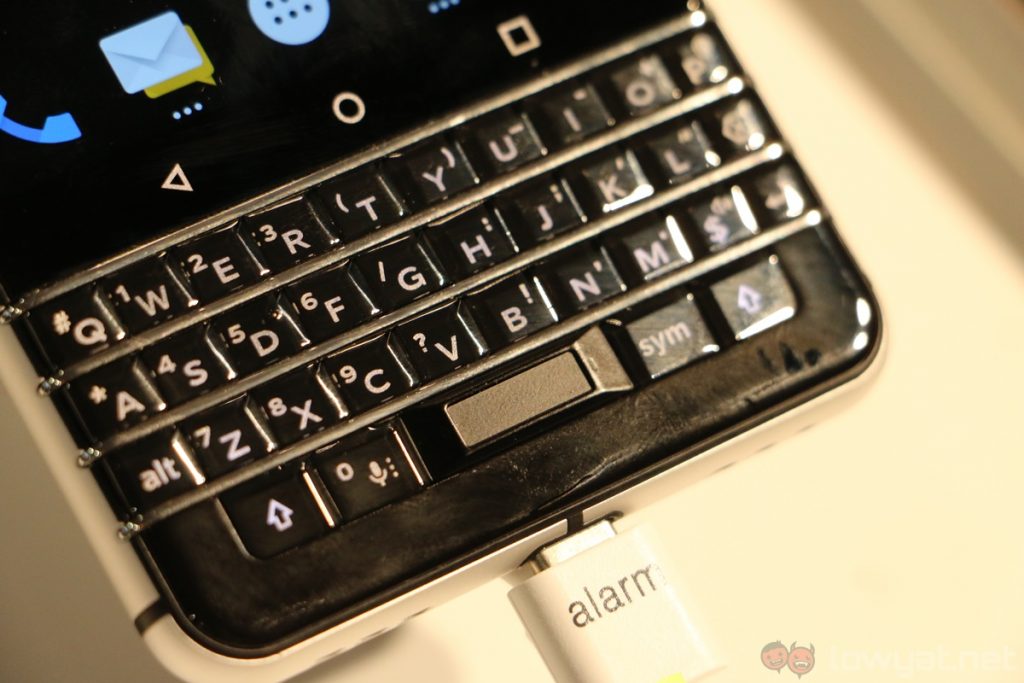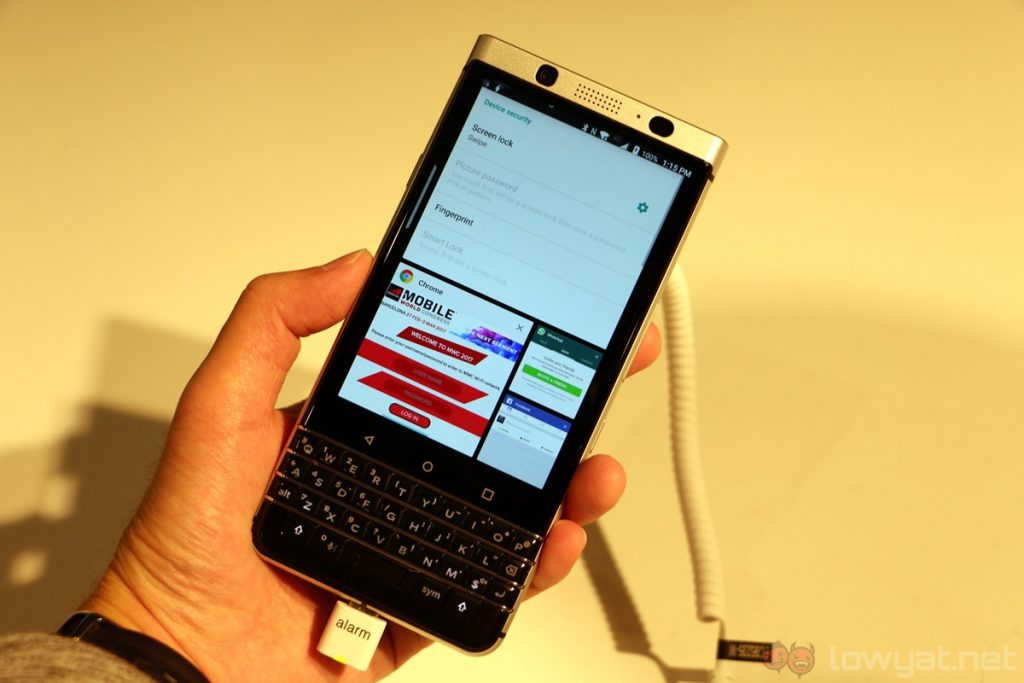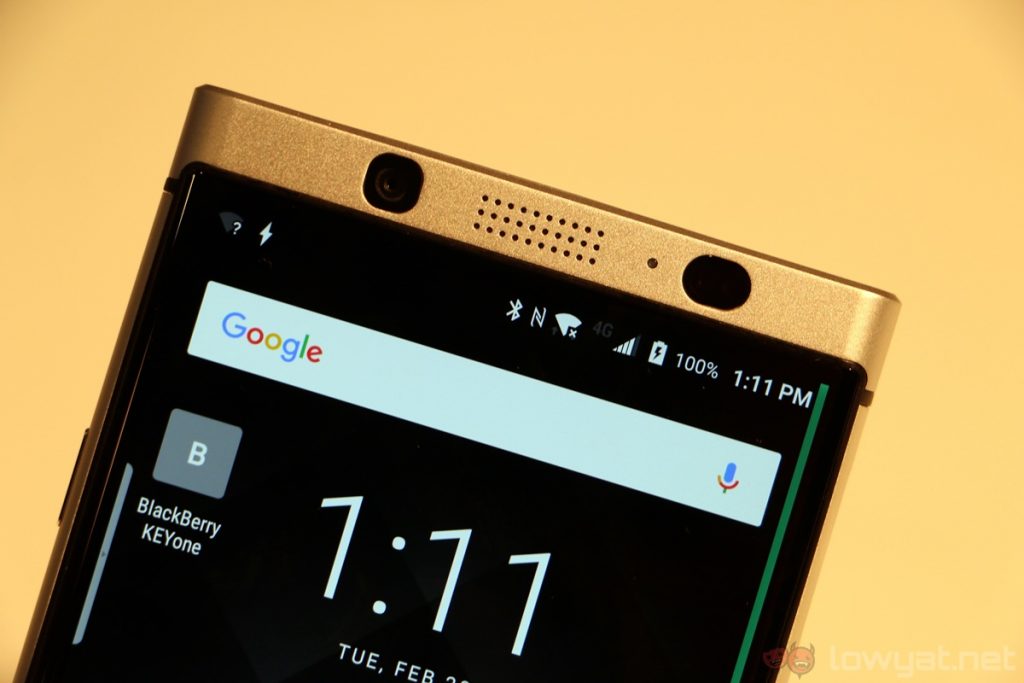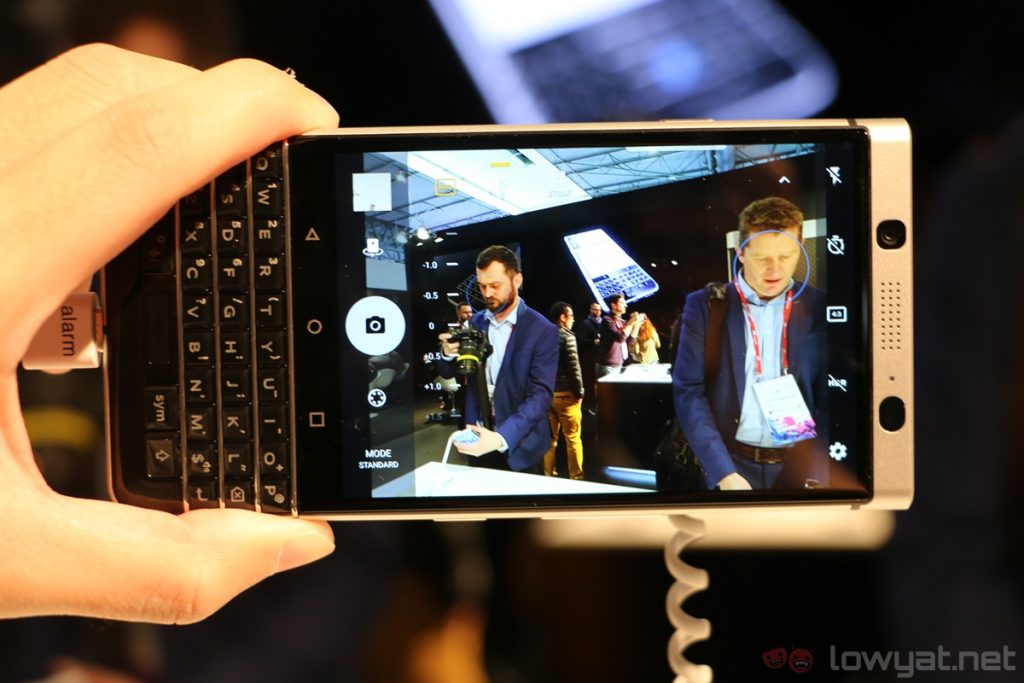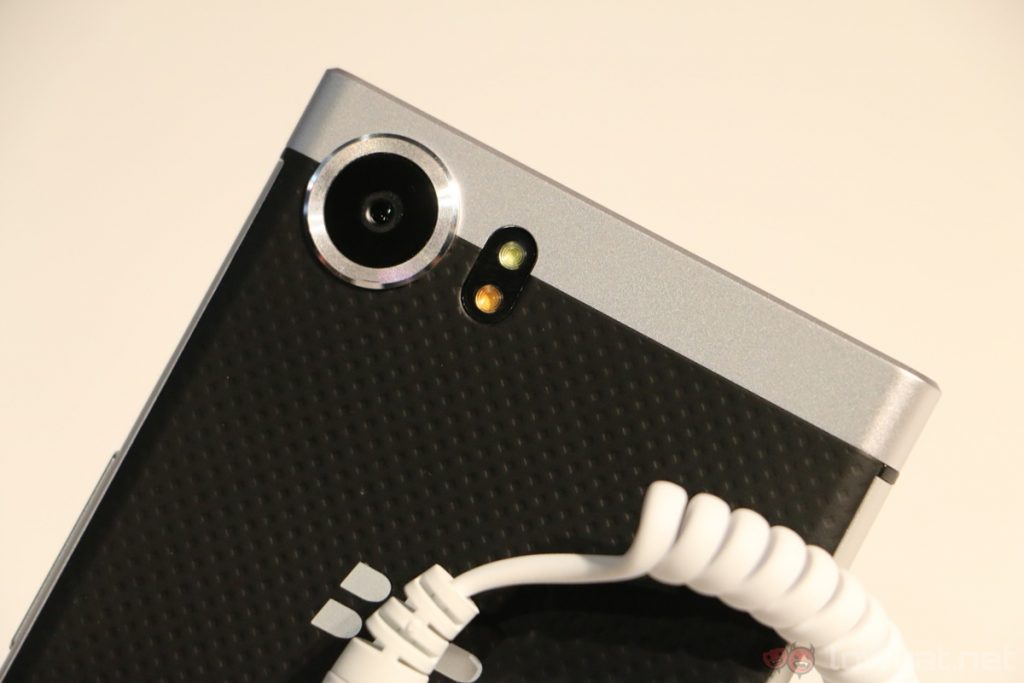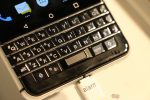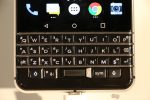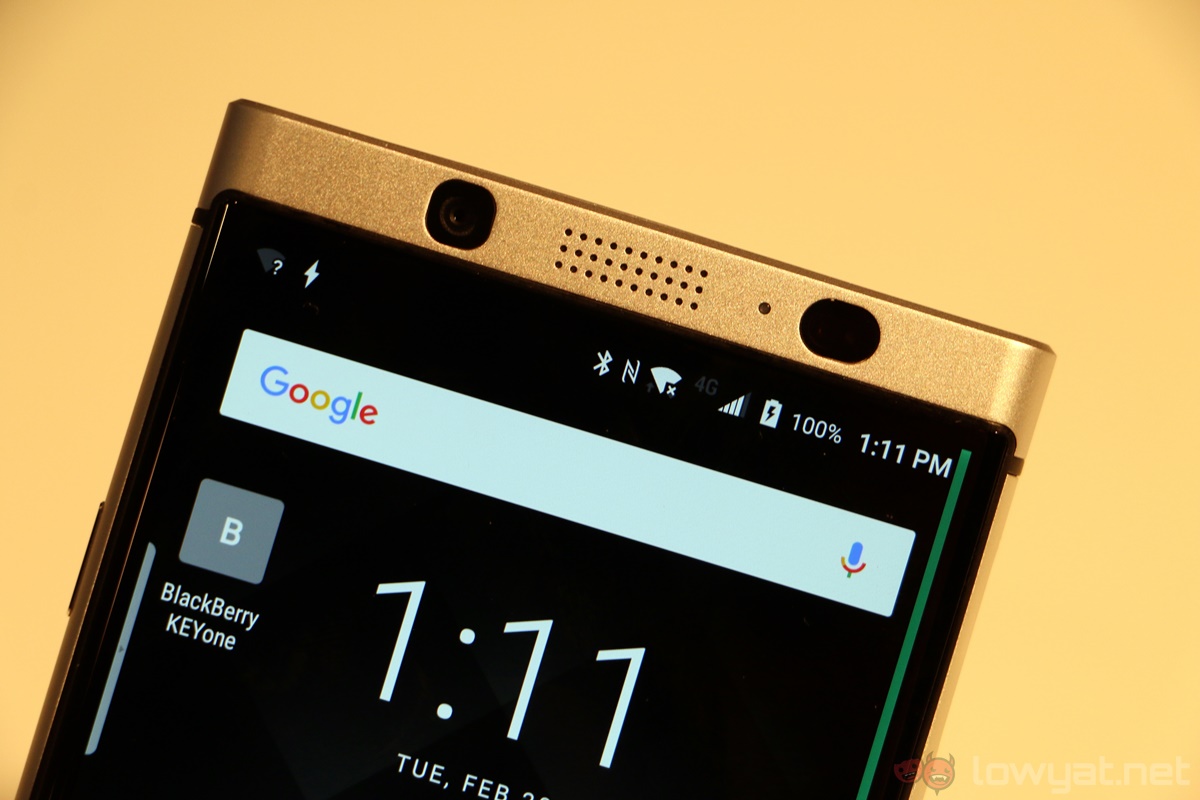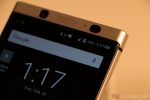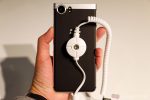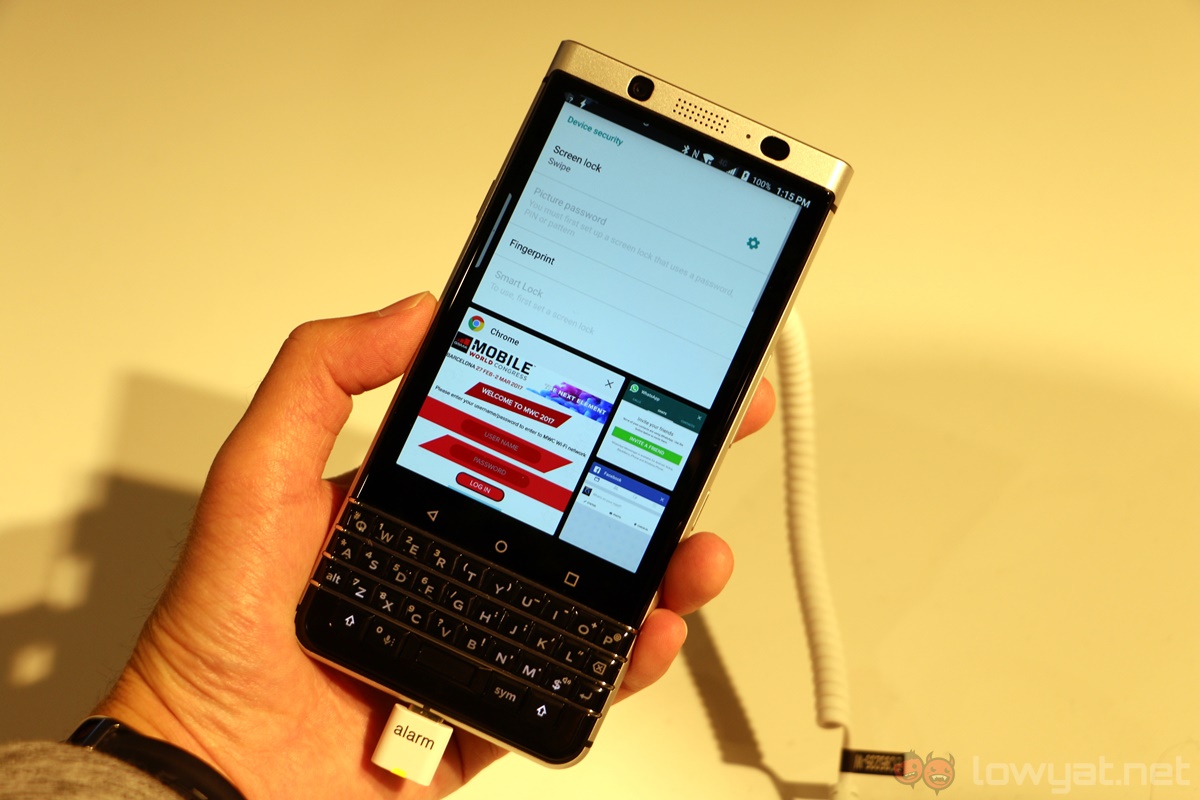The BlackBerry KEYone. It’s the very last BlackBerry phone designed by BlackBerry (and manufactured by TCL), and it offers a piece of hardware fans of the company have stayed very, very loyal to: a physical QWERTY keyboard. On the surface, the KEYone is certainly a compelling Android smartphone, but its asking price is too steep for what it has to offer.
Retailing at a hefty $549 (about RM2,435), the BlackBerry KEYone’s mid-range specifications certainly don’t fit its premium-tier asking price. It features a 4.5-inch 1620 x 1080 IPS display, a mid-range Qualcomm Snapdragon 625 processor paired with 3GB of RAM, 32GB of expandable storage, 12MP rear and 8MP front-facing cameras, as well as a 3,505mAh battery. The KEYone also runs on Android 7.1 Nougat out of the box.
Yes, the KEYone’s specifications don’t exactly fit its high asking price, but consumers are really paying for the physical keyboard of the device. As I was typing on the KEYone’s keyboard, I was pleasantly surprised by its many useful interactions. I can swipe to the left while typing to delete a word, I can swipe down to summon a list of extra characters, and I can even scroll through a webpage with the keyboard.
I imagine a seasoned BlackBerry user will be familiar with these convenient interactions, and the KEYone’s keyboard itself is tactile and satisfying to type on. I don’t see myself typing faster on this keyboard than with an on-screen keyboard, but I do see the appeal of it. I also like the fact that the space bar doubles as the fingerprint sensor too; while it’s not the quickest sensor in the market, it’s fast enough to not feel cumbersome.
Unlike many other Android smartphones in the market, the KEYone’s display has an aspect ratio of 3:2. Imagine a regular Android smartphone with its on-screen keyboard up: that’s roughly the size of the KEYone’s display. With a resolution of 1620 x 1080, this phone’s display is plenty sharp too, which is quite pleasant to work on. Texts are crisp, and colours are bright and vibrant as well. Did I also mention just how solid the KEYone feels? Its build quality is definitely one of its strong suits.
However, after fiddling with the KEYone for some time and navigating around the phone’s user interface, I noticed that the device…doesn’t feel quite as fluid as similarly priced Android smartphones. This can be attributed to its Snapdragon 625 processor: although it’s a power-efficient chipset, it doesn’t offer nearly the same level of performance as a flagship-level processor like the Snapdragon 820 – or even the Snapdragon 653, for that matter.
My impression of the KEYone didn’t improve either when I fired up its camera. While I love the fact that there’s barely any shutter delay in between shots – the camera locks in focus pretty quickly too – the image quality is just…decent. It’s not bad, but it’s not great either. The lack of optical image stabilisation on the rear camera doesn’t make it any easier to get sharp, detailed images all the time too.
At the end of the day, I’m certain the BlackBerry KEYone will appeal to a select number of consumers, especially those who live by a physical keyboard on a mobile device. Really, the KEYone is a decent Android smartphone with a very interesting QWERTY keyboard, but when it comes to value for money, there are many other devices which offer more for less money.
The smartphone market is a competitive one, especially in the high-end segment, which is where the BlackBerry KEYone is priced at. Whether or not BlackBerry’s very last in-house designed smartphone will be a success depends on this question: how many consumers are willing to pay the price of the KEYone?
Follow us on Instagram, Facebook, Twitter or Telegram for more updates and breaking news.

